Mexican Christmas traditions and customs are a mix of the colonial Spanish traditions and rituals performed by the indigenous population, with a great deal of influence by the catholic church. The posadas, pastorelas and the celebration of Three Kings Day (”La Fiesta de Reyes” or “Dia de los Tres Reyes”) were all started to teach the indigenous people about Christianity.
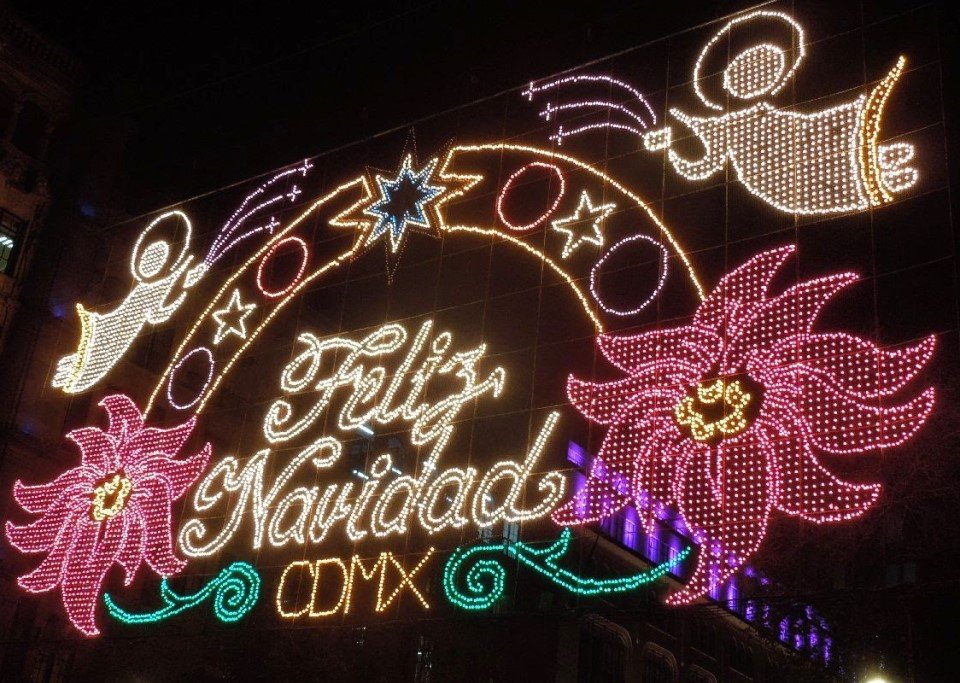
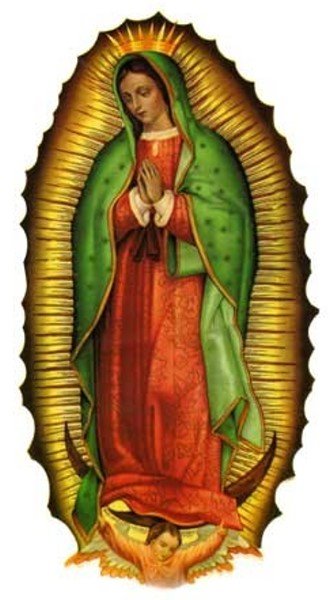
The Christmas season begins in Mexico on December 3 with the festival that honors the Lady of Guadalupe, or the madonna, and lasts until February 2, with Candlemass. On December 3, the celebrations start with a nine day festival to honor the Virgin of Guadalupe, who in Mexico is considered to be the patron saint of Mexico. She is revered more than Christ in many communities. On December 12, there is a dinner prepared in her honor.
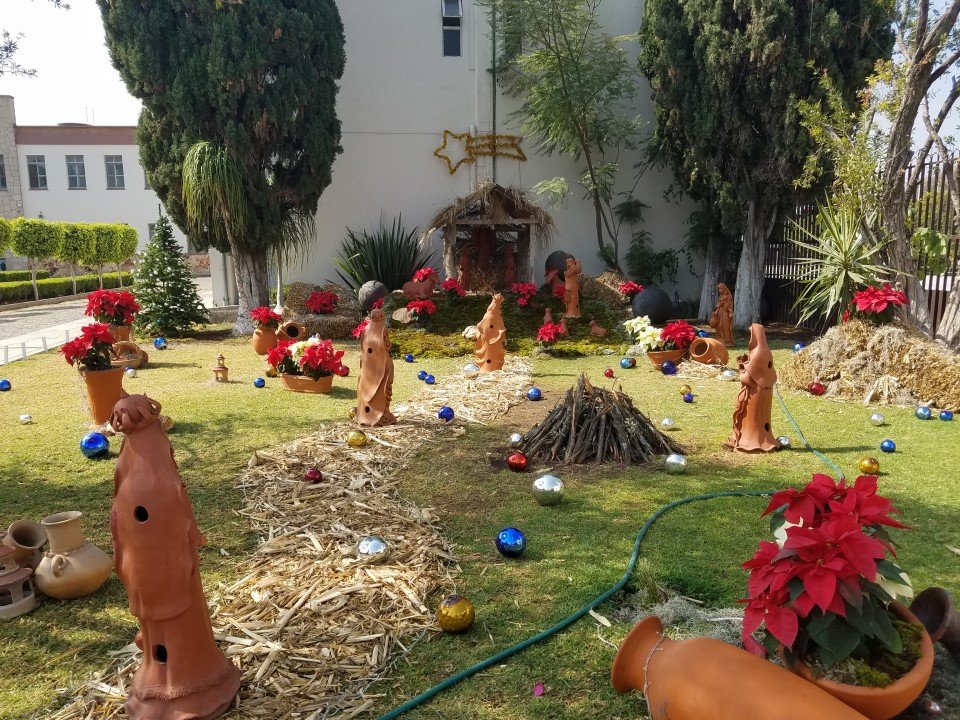
Usually a “nacimiento” or nativity scene is set up during this time minus the baby Jesus, until Christmas Eve when his figure is included. This is left in place until February 2, or Candlemass. This is one of the most popular traditions in the highly religious Mexican Christmas celebration.
Pastorelas or shepherd’s plays are performed throughout Mexico to teach the Christmas story. They can be performed by professionals, amateurs, or neighborhood children in the churches or public squares, with the most traditional being performed in rural areas of the country. In modern times, the tradition changed to depicting more humorous stories about the struggles between good and evil. They will be performed throughout the Christmas season in many parts of the country.
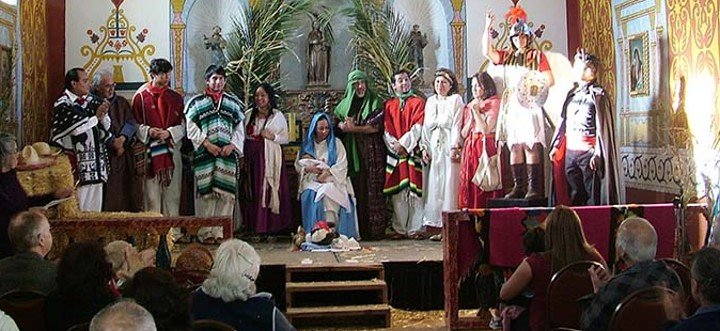
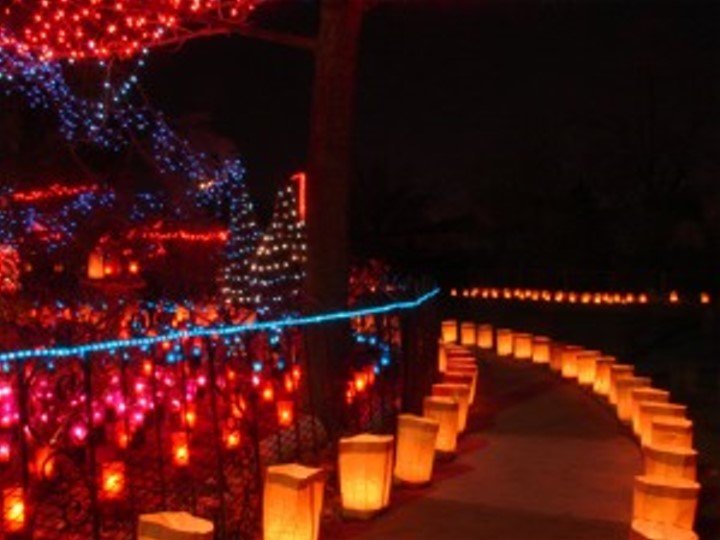
The posadas begin December 16th and continue to December 24th, depicting the story of Mary and Joseph trying to find a place for Mary to give birth, and their journey from Nazareth to Bethlehem. The ritual lasts nine days because this is the length of time it took Mary and Joseph to reach their destination. The homes participating in the posada rituals are pre-arranged weeks ahead of time, and they are decorated with evergreens and paper lanterns. Families cut intricate designs in paper bags to line the streets and walkways with light for the processions to come. A procession begins usually at the church,led by two children depicting Joseph and Mary, in costume. Sometimes a local rancher will provide a donkey for Mary to ride. The rest of the procession carries candles, and sometimes an empty manger. The carol, or “ villancico” “Litany of the Virgin” is sung as the procession approaches the prearranged homes. It represents Joseph asking for lodging for Mary. They are of course refused admittance, until reaching the last house, who admits them rejoiceing, prayer and a party. Each night, a different house hosts the party.
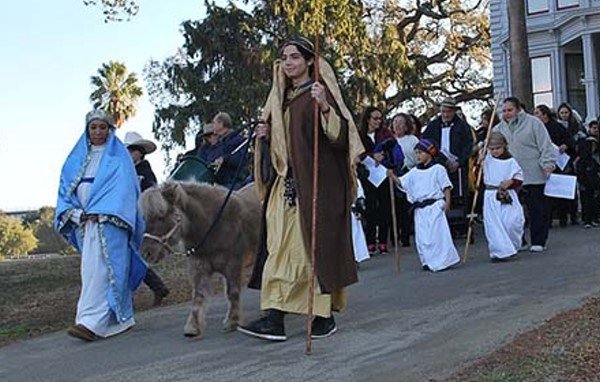
On the last night of the posados, which is Christmas Eve (Noche Bueno), a manger and shepherds figures join the nativity scene. A baby Jesus is put in the manger, a traditional carol called “El Rorro” or “Babe in Arms” is sung, and the families involved usually go to the midnight church mass. This mass is called the “Misa de Gallo” (Mass of the Rooster). This mass originated only a short time after the arrival of the Spanish in colonial Mexico, and was performed for the first time by Father Pedro de Gante. The story is that the birth of Jesus was first announced by a rooster. At midnight, the birth of Jesus is celebrated with fireworks, ringing bells and whistles, much like New Year’s Eve in the U.S.

Christmas parties in Mexico almost always include a pinata for the children. It is a pottery or paper container filled with candies and small toys. The children, blindfolded, take turns at hitting the pinata with a bat, hoping to empty it’s contents for gathering. Traditional Christmas pinatas are made in the shape of a seven pointed star, which represent the seven deadly sins that need to be destroyed by the “sinner” hitting it with the bat, which represents the Christian faith used to defeat evil. The posada parties almost always include this custom.
One tradition brought to Mexico by the expat community is the decorated Christmas tree. Christmas tree production is now a big industry in the country. Now that they are popular with Mexican nationals, they are commonly decorated with a Mexican flair and utilize colors and ornaments particular to the Mexican culture.

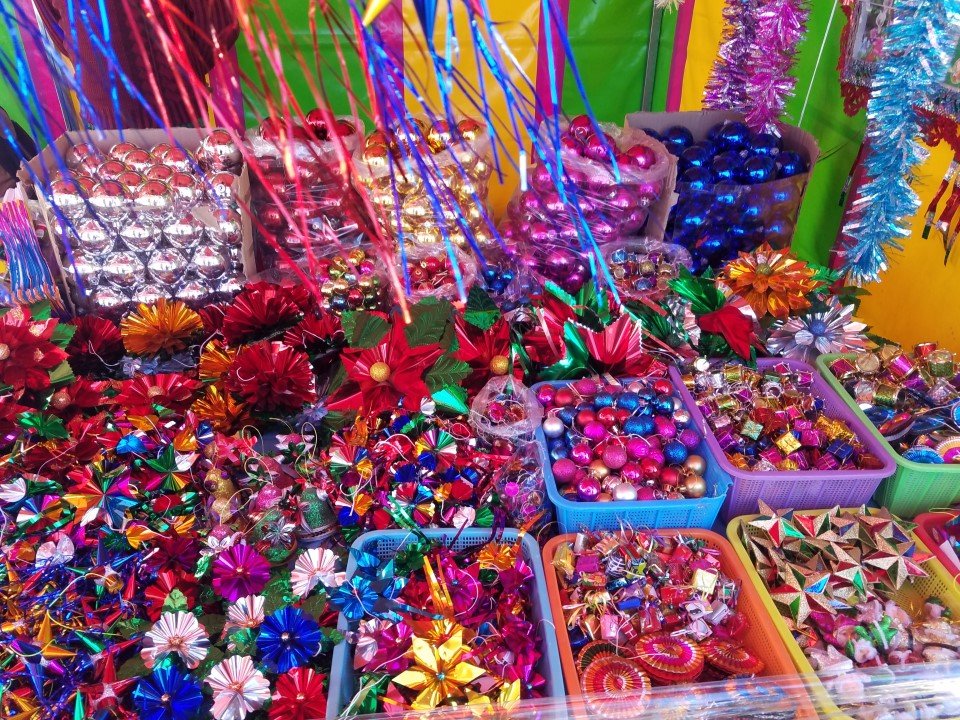

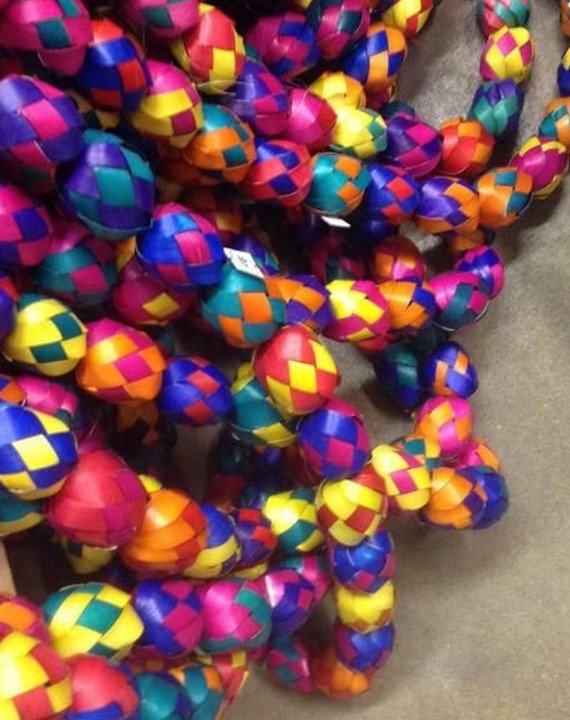



Christmas Eve (Noche Bueno) and Christmas Day (Navidad) are typically celebrated with entire families joining together for a huge feast. The celbrations last until early in the morning, as many wait to have dinner until after the midnight mass. Christmas day is usually a day of rest from the prior weeks festivities. People sleep late, and stay home feasting on the leftovers from dinner the night before. It is a time to rejuvenate before preparing for King’s Day on January 6th.
On December 28th, the Mexican version of April Fool’s Day is celebrated in conjunction with the Christmas holidays. It is called “Los Santos Innocentes” (the Sainted Innocents) and it originated to commemorate the lives of the boys killed by King Herod when he ordered the massacre of all male infants under two years of age in Judea, in order to kill the newborn king.

In the 1800’s, participators create elaborate stories to get gullible people to lend them things. If they achieved their goal, the prankster would send the lender a small gift of sweets or toys in memory of the infants herrod ordered killed, along with a note that said “Innocent little dove who allowed yourself to be deceived, knowing that on this day, nothing should be lent.” Today, the rituals are enacted much the same, with the borrowed items never having to be returned. And it is a day filled with jokes of all kinds.



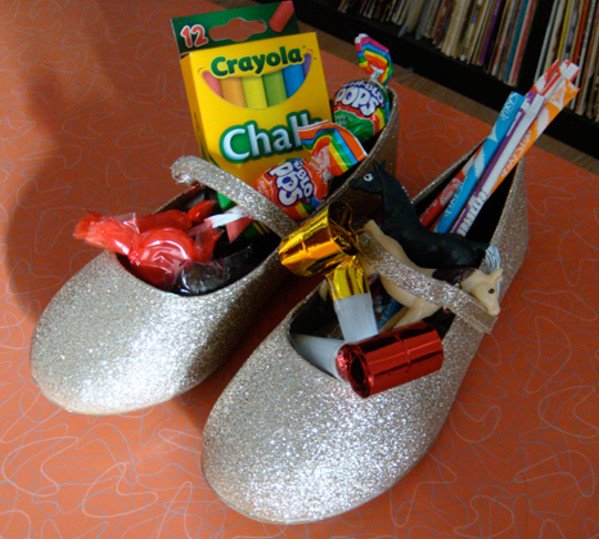
On January 6th, “Dia de los Tres Reyes Magos” (Three King’s Day) is celebrated to commemorate the arrival of the three wise men to Bethlehem in order to visit the baby Jesus. They came bearing gifts, so this day is celebrated by children receiving gifts from the kings, rather than Santa. In some areas, the children leave a shoe by the door to be filled by the Wise Men.

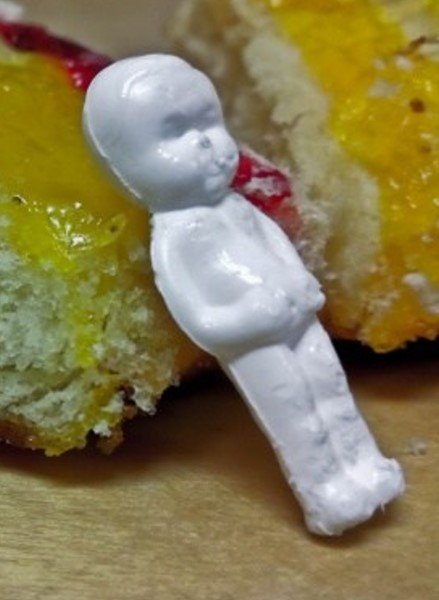
After opening the gifts, families share a sweet bread called Rosca de Reyes. It is baked with dried fruits and a tiny baby Jesus inside. It is usually served with a meal of tamales and atole, a traditional hot drink with a masa base. Chocolate atole or champurrado is traditional for Christmas. Whoever finds the baby in their slice of bread must pay for the tamales or party on Candlemas on February 2nd.

The final day of the Christmas season in Mexico is February 2nd or “Día de la Candelaria” (Candlemas). This holiday falls forty days after Christmas based on the Jewish law that a woman considered to be unclean for forty days after giving birth. It was customery to bring the infants to the temple on the 40th day.
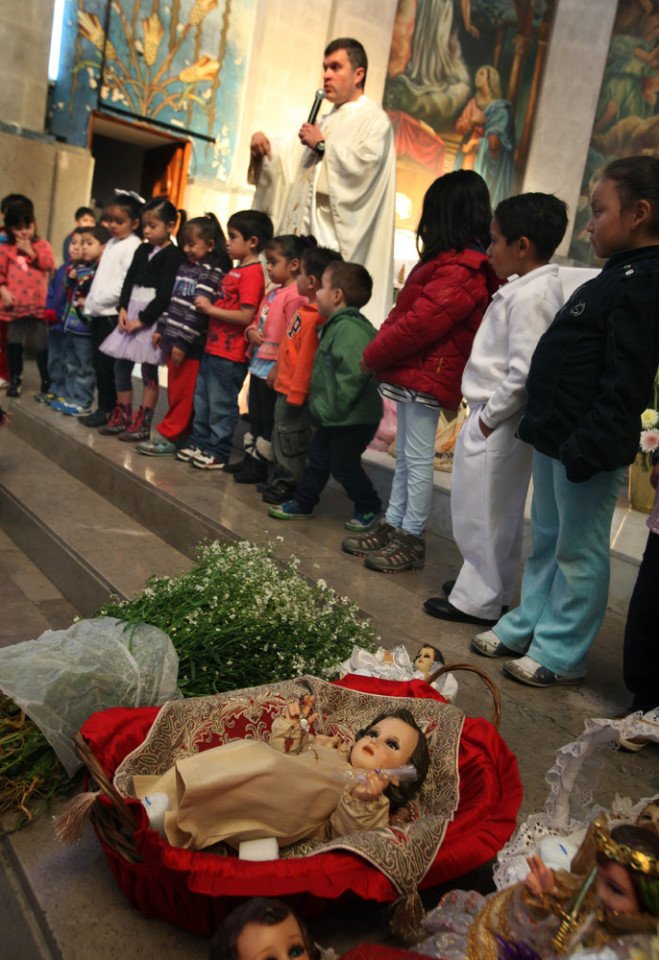
Throughout Mexico, people repair and dress up the baby Jesus figure used in the nativity scenes. Then they are taken to the temple to be blessed before being stored away until the next Christmas season begins. This is mainly a religious and family holiday, but some areas may have a parade or festival in main plaza.
After the church blessing, families return home to share dinner. On this day, the person who found the baby in the Rocas de Reyes on King’s Day must host the party for family and friends. Tamales are the main course.
Afterwards, with all the festivities over, decorations and trimmings are taken down and stored until the next season. The Christmas Season is officially over.
Sources: www.whychristmas.com/cultures/mexico.shtmlholidappy.com/holidays/Mexican-Christmas-Traditionspeople.howstuffworks.com/culture-traditions/holidays-christmas/christmas-traditions-around-the-world-ga9.htmwww.tripsavvy.com/mexican-christmas-traditions-1588675www.mexonline.com/christmas.htmwww.mexperience.com/christmas-in-mexico/www.inside-mexico.com/noche-buena-christmas-in-mexico-2/ www.facts-about-mexico.com/mexican-christmas.html1